So when I feel that pressure today about going into this movie and listening to Lin and Quiara and every actor and every background dancer and our crew—it was like “How do you see yourself?” It’s why we, in the end credits, show pictures that were taken by the residents of Washington Heights. Those are pictures from them themselves. I knew that we were doing representation of a perspective of what Washington Heights. But I wanted to see with cameras in their hands how they would paint their community. And so that’s why that was important for us to do that.
People still talk about that Sundance event.
I’ll never forget it. I was there.
JIMMY SMITS
We just talked to one of Roger’s good friends, Gregory Nava, about representation, and about how it’s changed. And he charted “Mi Familia” through current representation, and I want to get your take on “Mi Familia” to “In the Heights” and how representation has changed, or has it?
You know, Brian, we’ve had these little touchstones, whether it’s been Anthony Quinn or Jose Ferrer or Rita Moreno, “La Bamba,” “Mi Familia,” “Selena.” All of these are dispersed over many years, these artists and these projects, hoping that inclusion will kind of take root in some kind of way. What I see now that is really undeniable is that because of the population numbers, because of our influence in terms of pop culture or whatever artistic zeitgeist, and the fact that we do go to the movies in over-percentage numbers, our potential economic and political power. All of these things have been since “Mi Familia” have been true, but it’s formalized in a way. And I think because the country has gone through what it has gone through with regards to the pandemic … we’ve had this time of introspection and a lot of social things have gone on during that time, LGBTQ rights, the #MeToo Movement, BLM, all of these things with regard to what it is to be an American, what it is to be a part of this country, resonate a little stronger.
The fact is that I was very depressed when we went into lockdown because of what it meant not being able to see my kids in another state. But all of that introspection, I hope, as we open up, and the fact that the film wasn’t going to be able to open—we were supposed to open summer last year—things happen for a reason. It’s the perfect time for this vehicle of joy in the framework of a musical. Positivity and joy. But with the importance of all of these thematic things of community—what does it mean to be at home? Is home back there where my folks are from? Or that language? Or is it here and me going to school? The sense of community, the sense of belonging—all of those things resonate a little more deeply in the framework of the film. And we need to feel that joy. So I hope that that will be a jump start in a way.
You can view the original article HERE.

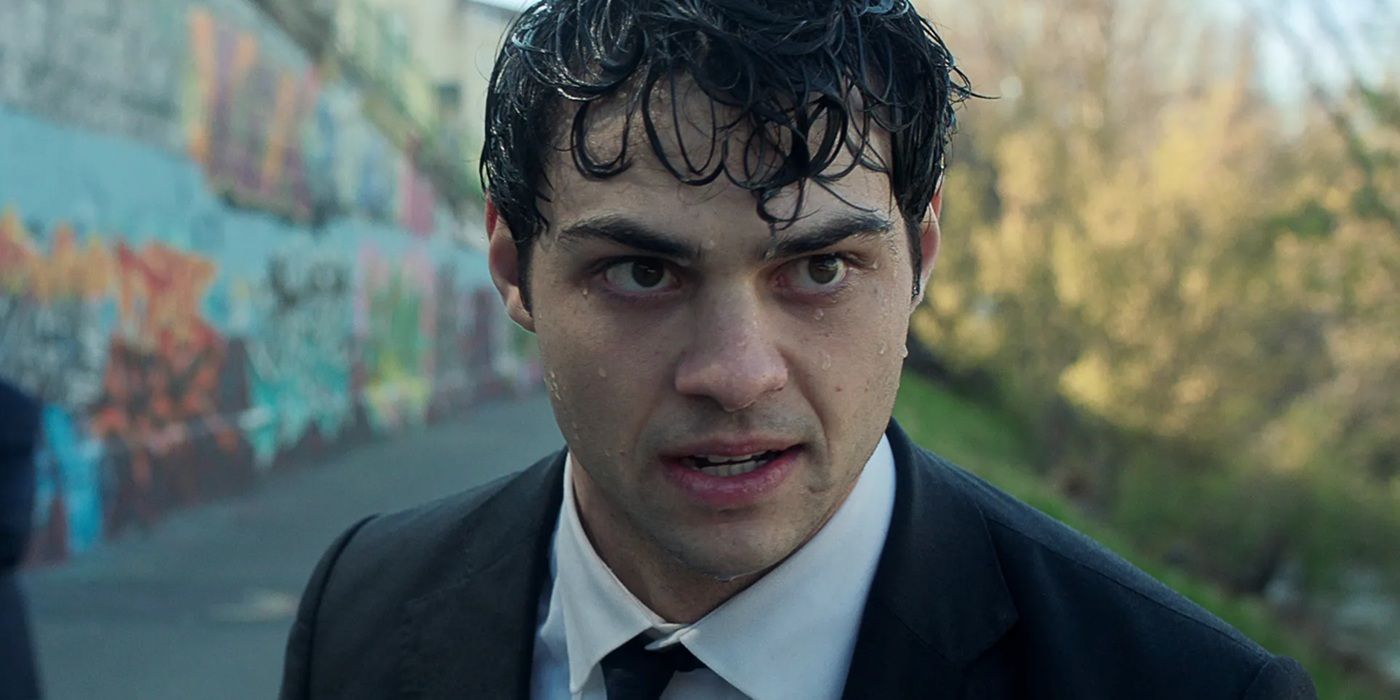



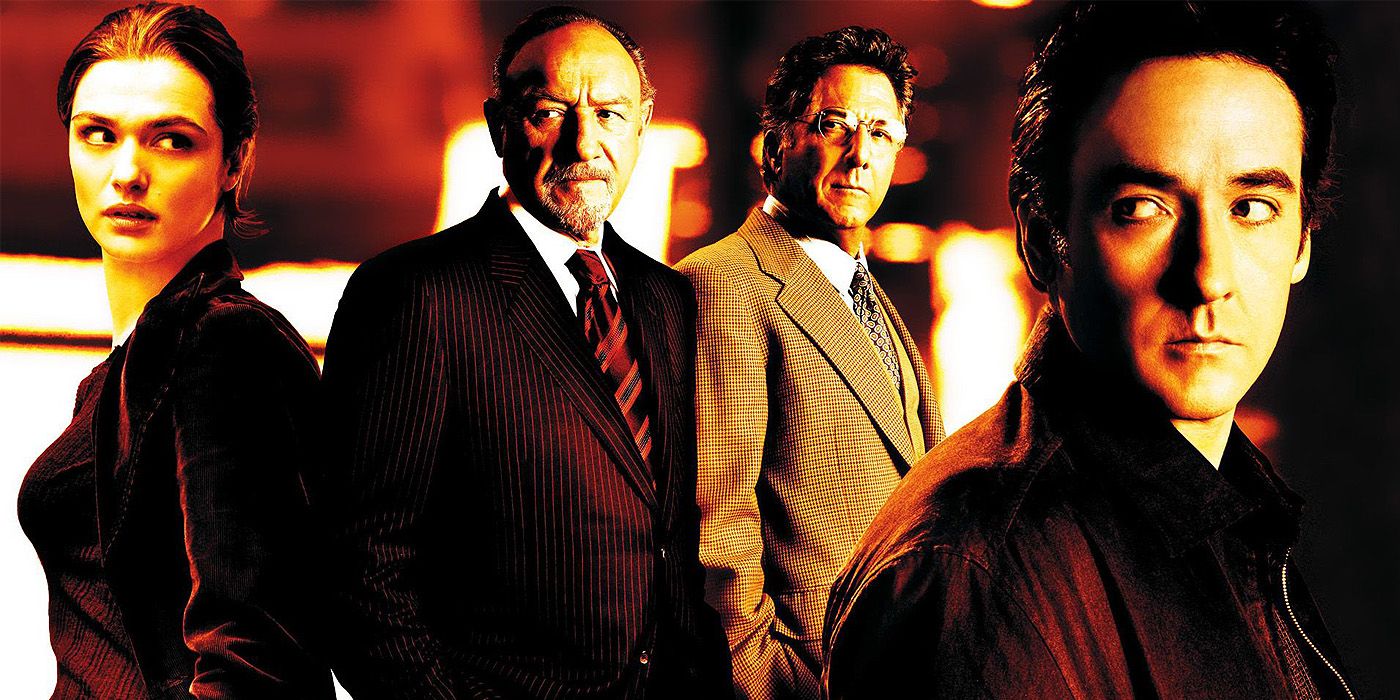
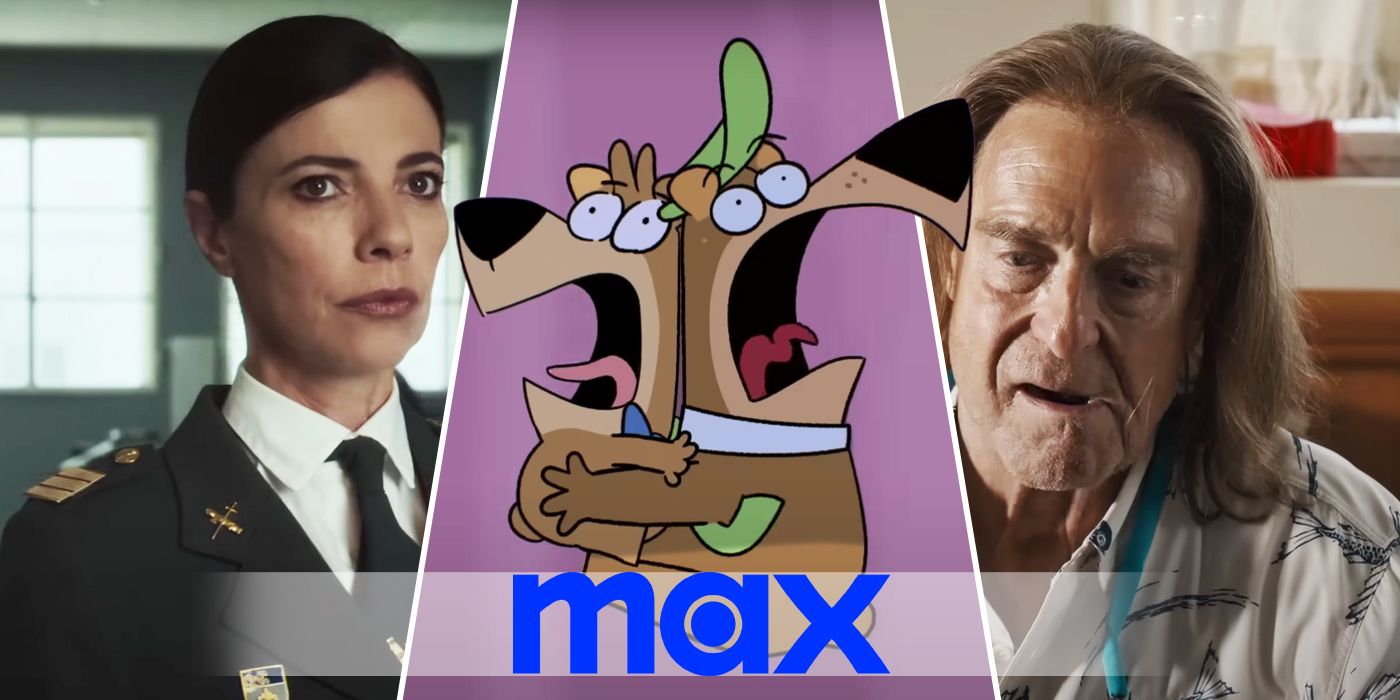

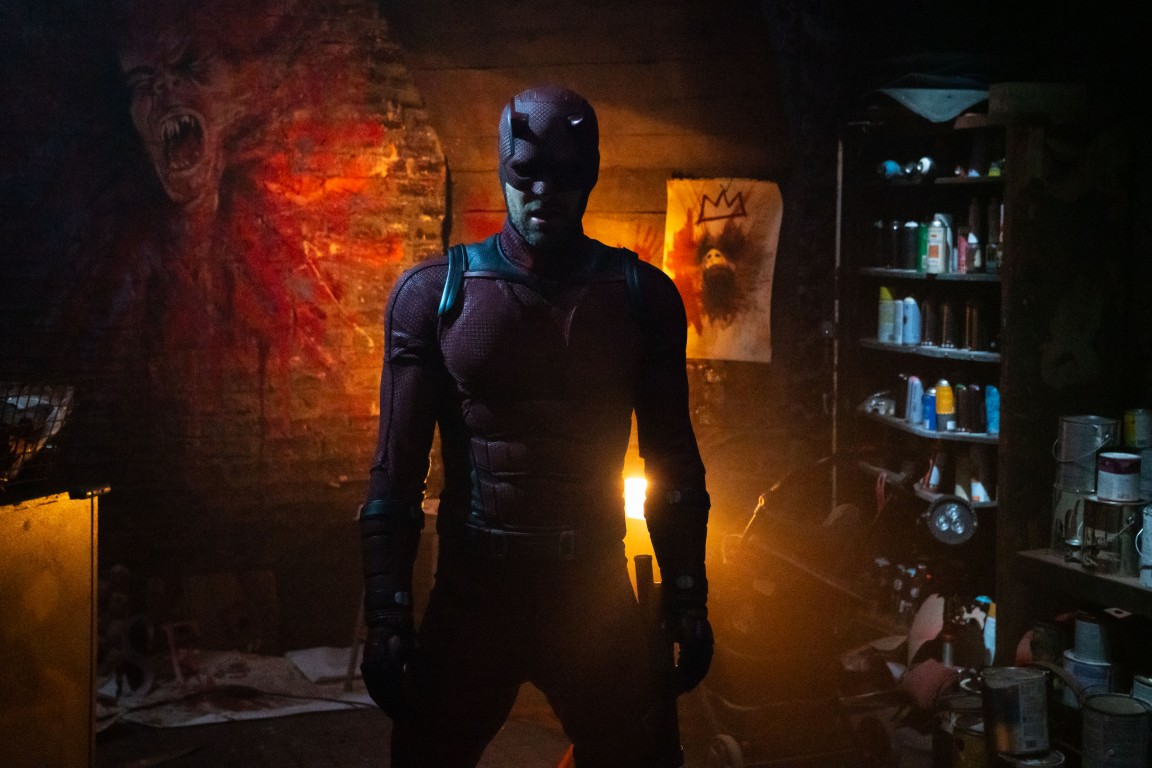
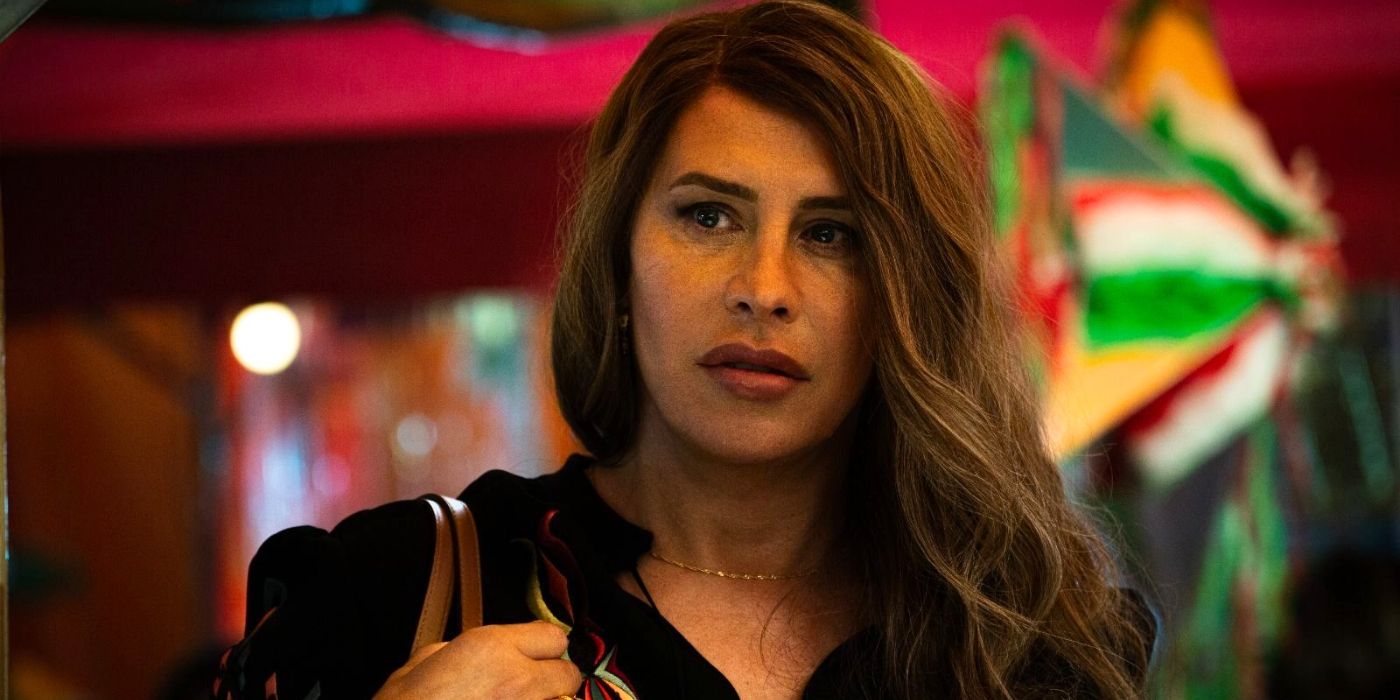




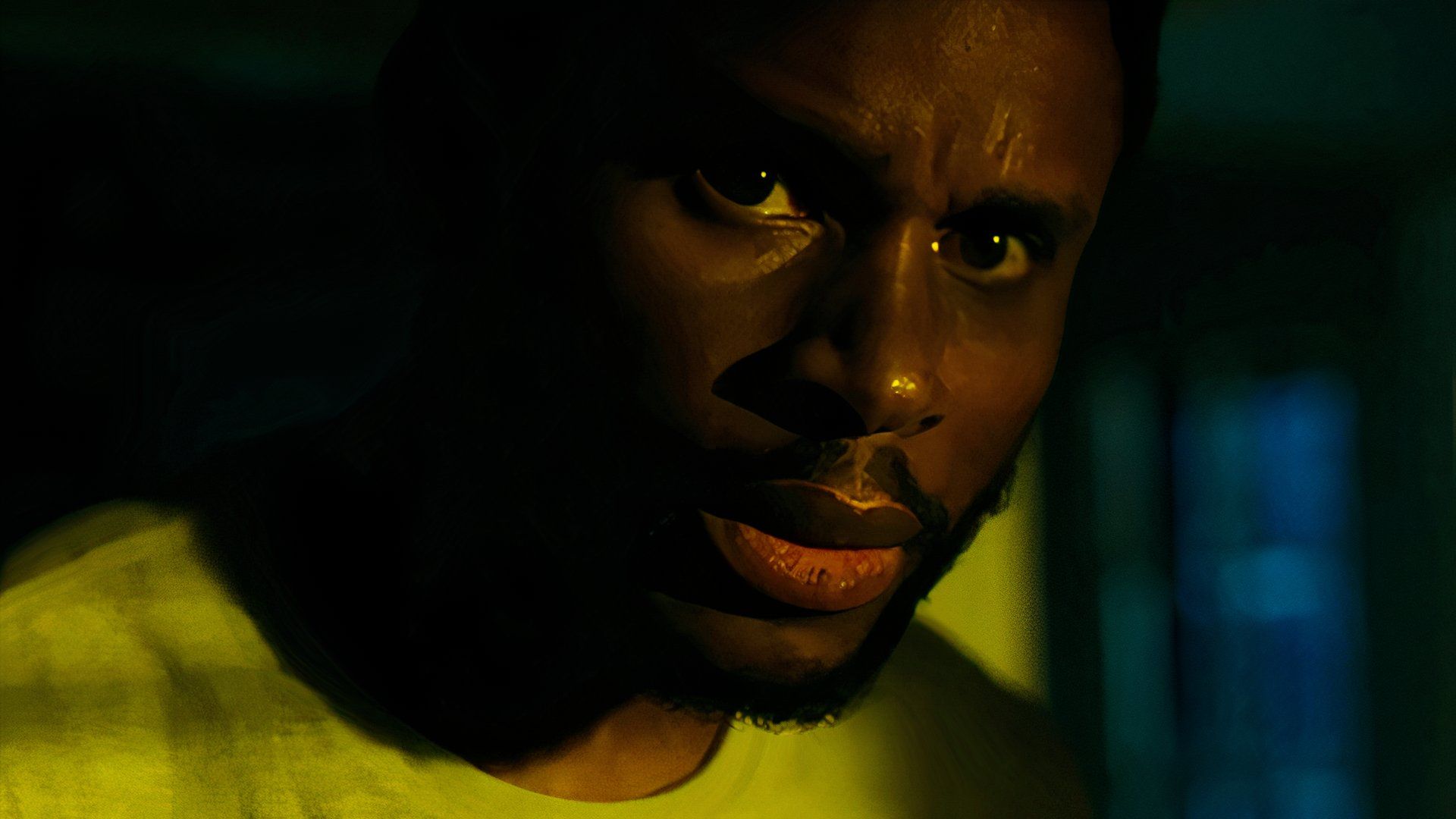

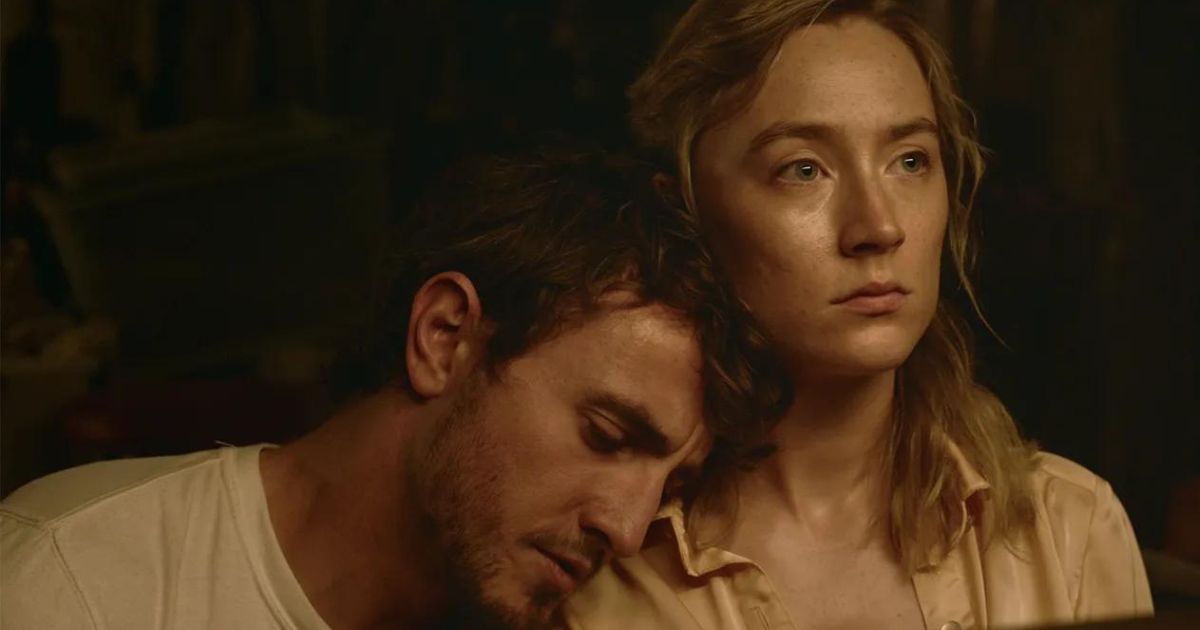


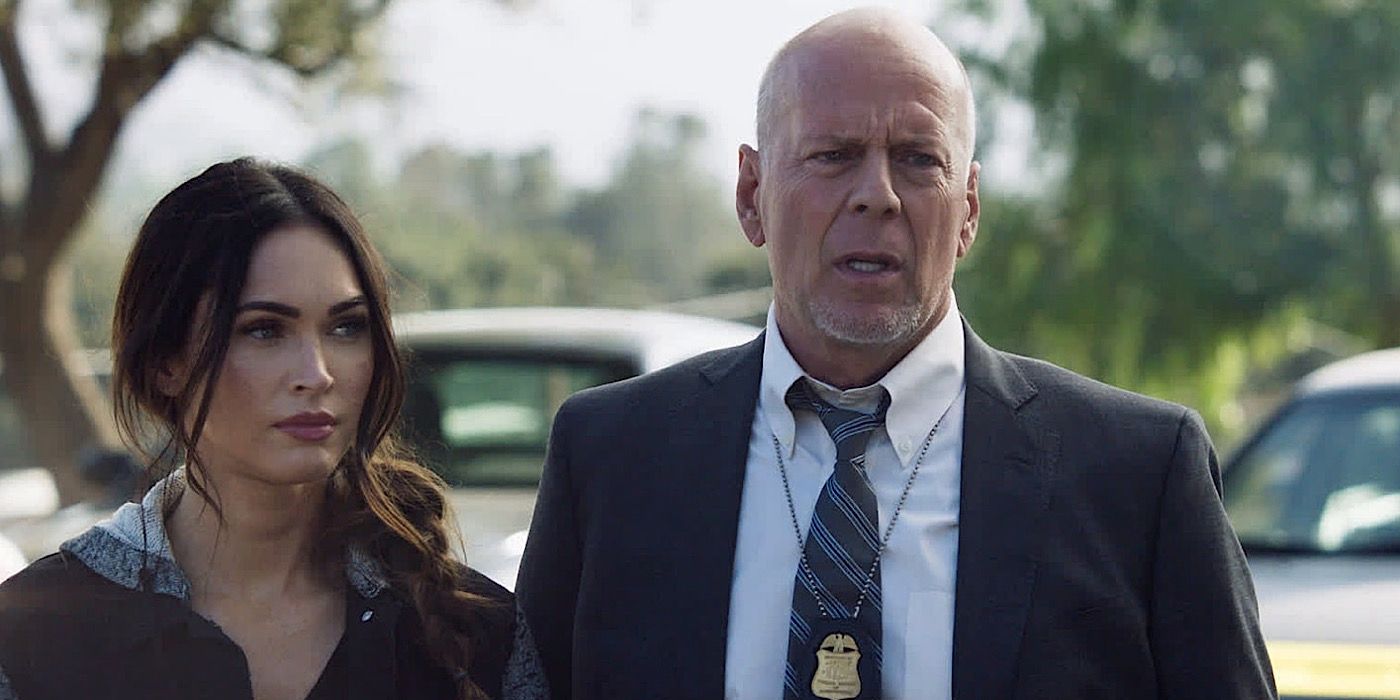





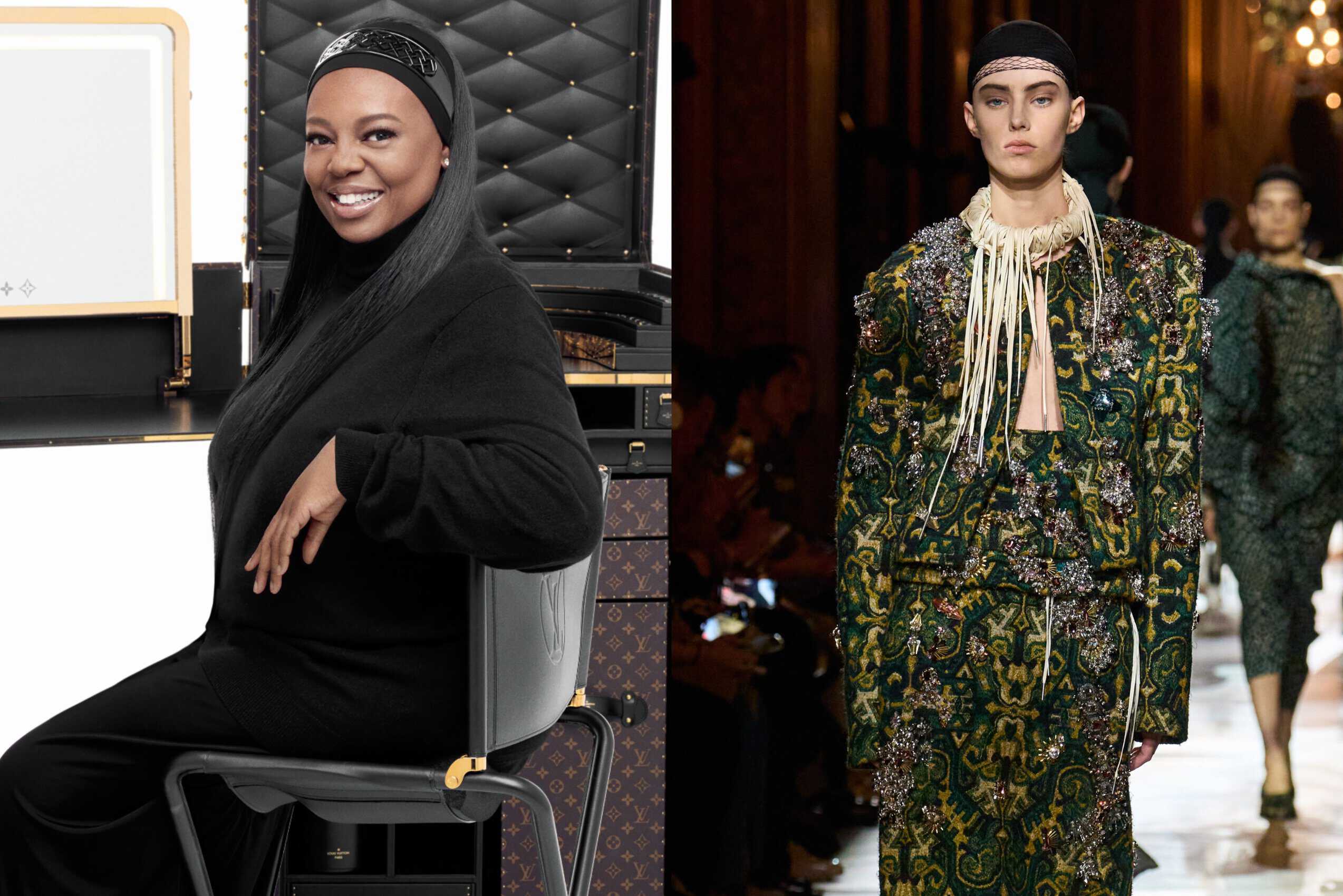

:quality(85):upscale()/2025/03/04/010/n/1922564/e4e30ef267c789a5161212.31191204_.png)
